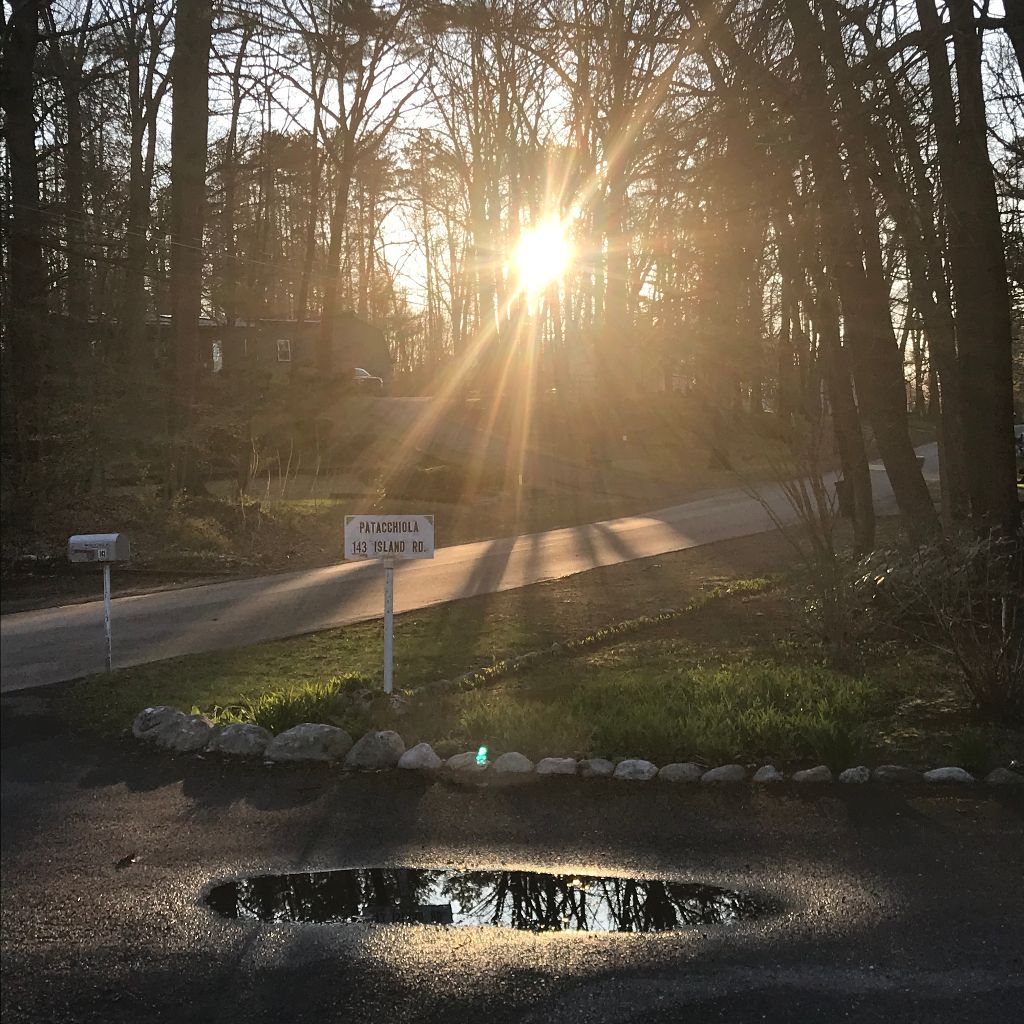Mt. Popa
- By onthemat
- •
- 30 Apr, 2016
- •



On The Mat Yoga Blog

“There is a light in the core of
our being that calls us home—one that can only be seen with closed eyes; We can
feel it as a radiance in the center of our chest. This light of loving
awareness is always here, regardless of our conditioning. It does not matter
how many dark paths we have traveled or how many wounds we have inflicted or
sustained as we have unknowingly stumbled toward this inner radiance. It does
not matter how long we have sleepwalked, seduced by our desires and fears. This
call persists until it is answered, until we surrender to who we really are.
When we do, we feel ourselves at home wherever we are. A hidden beauty reveals
itself in our ordinary life. As the true nature of our Deep Hear is unveiled,
we feel increasingly grateful for no reason—grateful to simply be.”
—John J. Prendergast, PHD, The Deep Heart

Seems like it’s been rainy,
windy, dreary for eons. Which may have helped us shelter inside a bit more. I
remember reading years and years ago in a Seth book that weather can be
influenced, and even created by mass human emotion. Why not? We are far more powerful
than we currently acknowledge, and science is beginning to validate many
phenomena that had seemed inconceivable before. Those seemingly endless days of
“bad” weather seemed congruent with the emotional tone of covid her in New
England. And now SUN! Glorious, warming, invigorating, hope-filled Sun! Today I
will be outside basking and gardening and thanking. And I’m sure the whole
neighborhood, and most of New England will go outside, stand with our faces to
the sun and breathe a huge healing breath of joy. And maybe the collective
energy of that will resonate out across the word as a promise of brighter days
to come.


